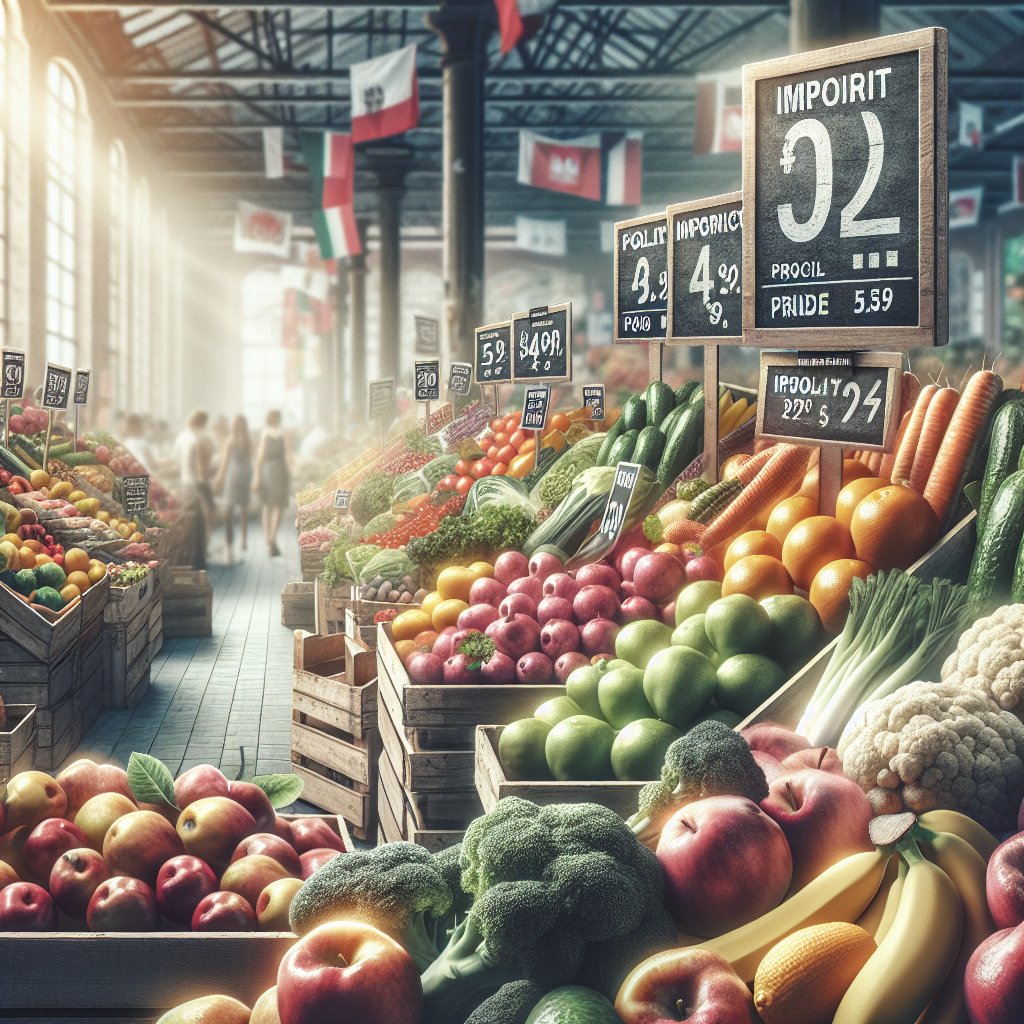The impact of imports on the prices of fruits and vegetables in Poland is a complex issue that intertwines economic factors, agricultural policies, and consumer behavior. As Poland continues to integrate into the European Union and global markets, the dynamics of supply and demand for fresh produce have shifted significantly. This article explores the various aspects of how imports influence pricing, the implications for local farmers, and the overall market landscape.
Understanding the Import Landscape
Poland’s agricultural sector has undergone substantial changes over the past few decades, particularly with its accession to the European Union in 2004. This integration has opened up new markets for Polish farmers but has also increased competition from imported goods. The import landscape is characterized by a variety of factors, including trade agreements, seasonal availability, and consumer preferences.
Trade Agreements and Tariffs
Trade agreements play a crucial role in determining the flow of imported fruits and vegetables into Poland. The EU’s Common Agricultural Policy (CAP) and various trade agreements with non-EU countries have facilitated the import of produce at competitive prices. Tariffs and quotas can either encourage or restrict imports, impacting local prices. For instance, when tariffs are lowered on certain fruits, such as bananas or citrus fruits, it can lead to an influx of these products in the Polish market, often resulting in lower prices for consumers.
Seasonal Availability and Supply Chain Dynamics
Seasonality is another critical factor influencing the import of fruits and vegetables. Poland’s climate limits the growing season for many crops, leading to a reliance on imports during off-peak months. For example, during the winter months, the demand for fresh produce remains high, but local supply diminishes. As a result, retailers often turn to imports from countries with more favorable growing conditions, such as Spain or Morocco. This seasonal dependency can lead to fluctuations in prices, as imported goods may be more expensive due to transportation costs and market demand.
Impact on Local Farmers and Market Prices
The influx of imported fruits and vegetables has significant implications for local farmers in Poland. While consumers benefit from a wider variety of produce at competitive prices, local agricultural producers face challenges in maintaining their market share and profitability.
Competition and Pricing Pressure
Local farmers often struggle to compete with the lower prices of imported goods. The cost of production in Poland, influenced by labor costs, land prices, and agricultural practices, can be higher than in countries where labor is cheaper and production methods are more efficient. As a result, Polish farmers may find it difficult to match the prices of imported fruits and vegetables, leading to reduced sales and potential financial strain.
Quality Perception and Consumer Choices
Despite the competitive pricing of imports, many consumers in Poland still prefer locally grown produce due to perceptions of quality and freshness. Local fruits and vegetables are often seen as more flavorful and nutritious, which can influence purchasing decisions. Farmers who can effectively market their products and emphasize quality may find ways to mitigate the impact of imports on their sales. Additionally, initiatives promoting local produce, such as farmers’ markets and community-supported agriculture (CSA) programs, can help strengthen the connection between consumers and local farmers.
Future Trends and Considerations
As the global agricultural landscape continues to evolve, several trends may shape the future of fruit and vegetable imports in Poland. Understanding these trends is essential for policymakers, farmers, and consumers alike.
Climate Change and Sustainability
Climate change poses significant challenges to agriculture worldwide, including in Poland. Changes in weather patterns can affect crop yields and the availability of local produce. As a result, there may be an increased reliance on imports to meet consumer demand. However, this reliance raises questions about sustainability and the carbon footprint associated with transporting goods over long distances. Consumers are becoming more aware of these issues, leading to a growing demand for sustainably sourced and locally produced food.
Technological Advancements in Agriculture
Advancements in agricultural technology, such as precision farming and greenhouse cultivation, may help local farmers increase their productivity and reduce costs. By adopting innovative practices, Polish farmers can potentially enhance their competitiveness against imports. Furthermore, the use of technology in supply chain management can improve efficiency and reduce waste, ultimately benefiting both producers and consumers.
Conclusion
The impact of imports on the prices of fruits and vegetables in Poland is a multifaceted issue that requires careful consideration of various economic, environmental, and social factors. While imports provide consumers with access to a diverse range of produce at competitive prices, they also pose challenges for local farmers striving to maintain their livelihoods. As Poland navigates the complexities of the global agricultural market, it is essential to strike a balance that supports both consumer needs and the sustainability of local agriculture.




